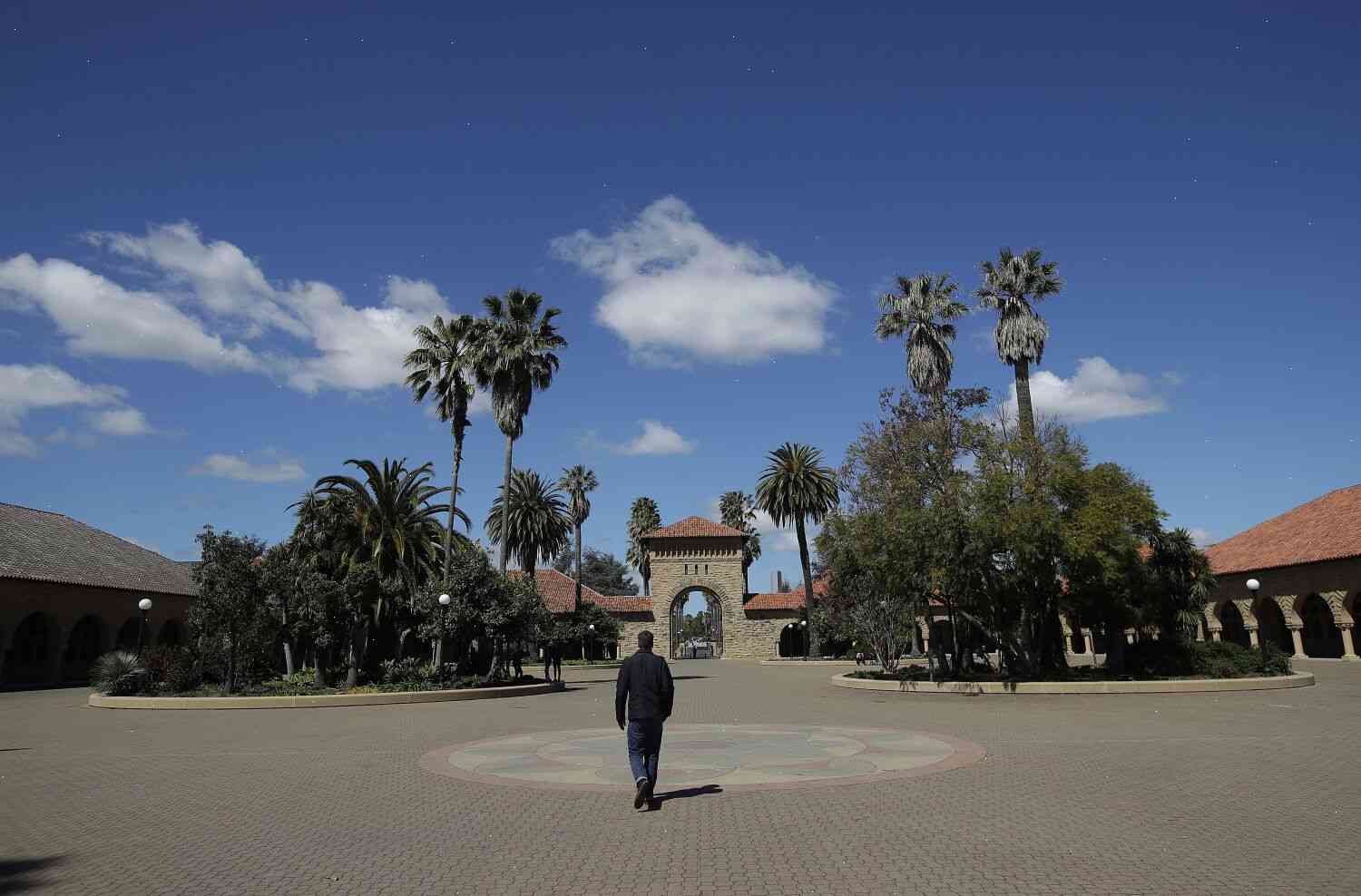Letters to the Editor: What Stanford’s anti-Jewish bias looked like on campus in the 1950s
In this Jan. 31, 1951 file photo, Jewish students walk on College Hill, overlooking the school’s main quad, in Stanford, California. (AP Photo/Ron Kantner)
For decades, Stanford students who identify as Jewish have had to contend with anti-Semitic stereotypes in the university’s student newspaper, the Stanford Review, and in other campus publications (not to mention in the wider community).
After the 2015-16 academic year, I have had a unique opportunity to investigate the extent to which anti-Jewish bias existed in the 1950s and 1960s, and how the university reacted to it, because of both the review’s coverage of “the Jewish problem” in America (a term that the review used to describe Jews who moved to Israel) and its coverage of the war in Vietnam (the school’s military conflict in which many of its students were killed).
During the 1950s, the Review was still running articles by Jewish writers who had never been to Israel. Those articles, all written by prominent authors like Louis Kronenberger and Robert Weisbord, were written in a Jewish-sounding style.
A review of how Stanford responded to the Review’s coverage of the Jewish problem in America is a fascinating and important topic, and one that I think should be revisited by students and scholars in the context of the present day. The problem was that Stanford was a college and a university in a very large and liberal metropolitan state, and thus did not have the resources or the will to confront the Review’s anti-Jewishism.
In the 1950s and 1960s, no matter what the race or sexual orientation of the writers, the Review generally offered a strong critique of the Jews as a part of what the Review labeled as the “Jewish problem.”
Yet, in the early 1960s, Stanford, or anyone else for that matter, would have found it difficult to have its views expressed clearly enough or even thought about at all in the Review. There were no other Jewish writers on the Stanford faculty at the time, and in the few articles I found that were written by Jewish authors, they were typically portrayed as the victims (or alleged victims) of anti-Semitism, and in some cases were written by

